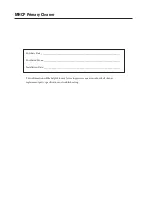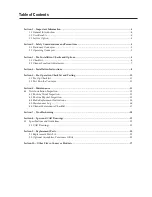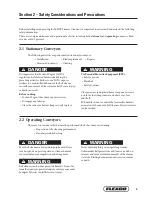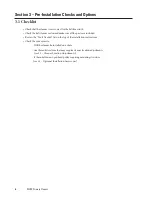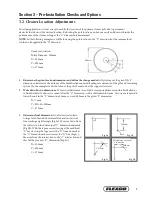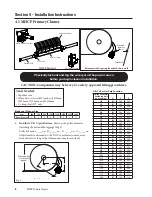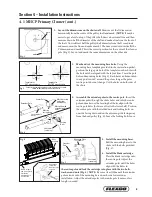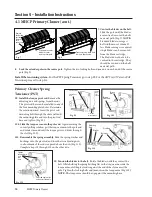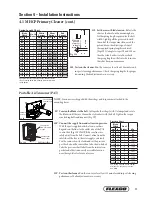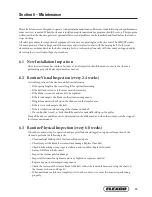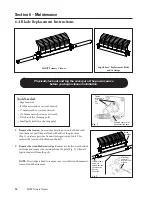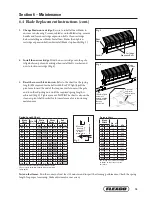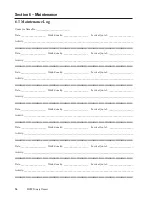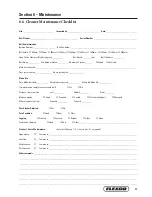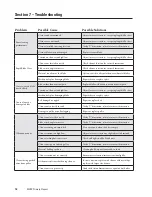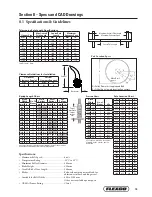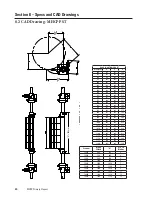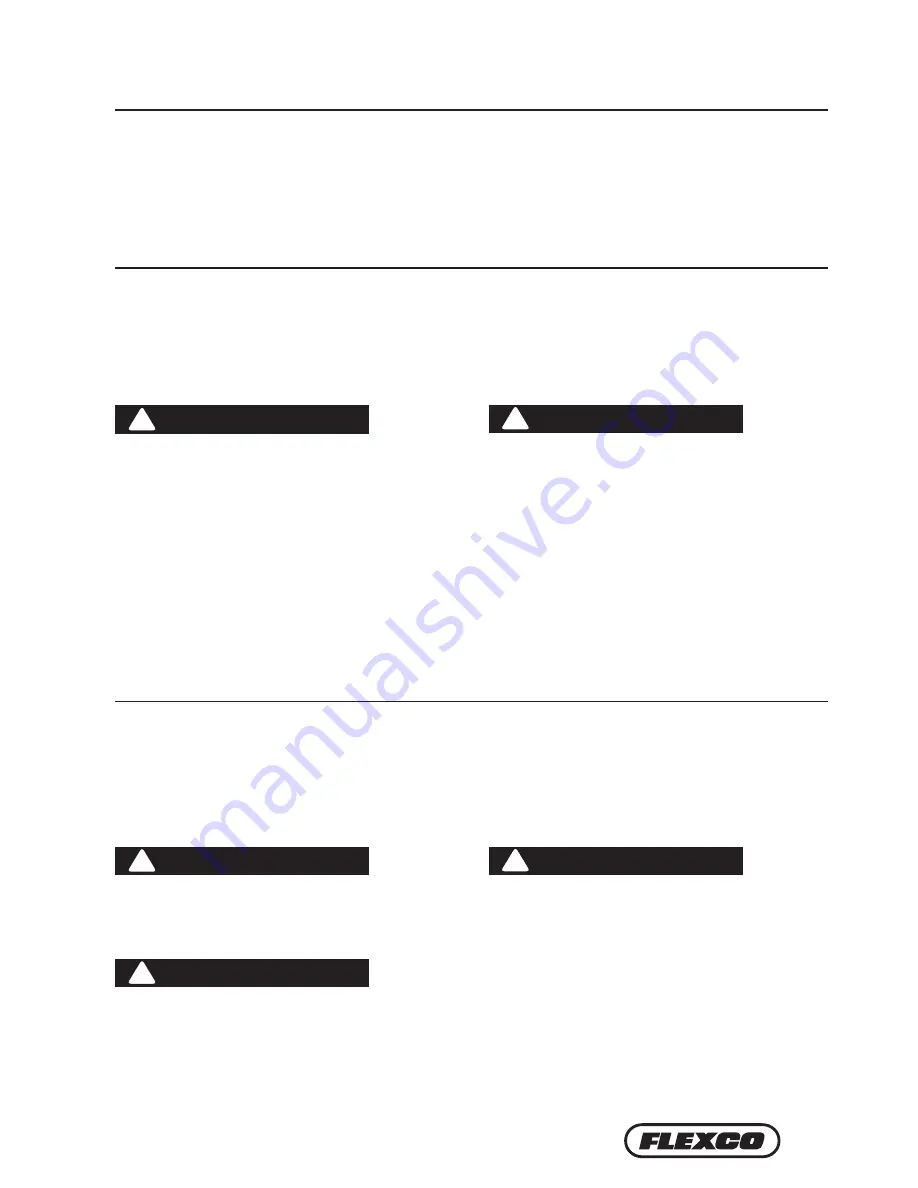
5
Section 2 – Safety Considerations and Precautions
Before installing and operating the MHCP Primary Cleaner, it is important to review and understand the following
safety information.
There are set-up, maintenance and operational activities involving both stationary and operating conveyors. Each
case has a safety protocol.
2.1 Stationary Conveyors
The following activities are performed on stationary conveyors:
• Installation
• Blade replacement • Repairs
• Tension adjustments • Cleaning
DANGER
DANGER
WARNING
WARNING
WARNING
!
!
!
!
!
It is imperative that Lockout/Tagout (LOTO)
regulations, be followed before undertaking the
preceding activities. Failure to use LOTO exposes
workers to uncontrolled behavior of the belt cleaner
caused by movement of the conveyor belt. Severe injury
or death can result.
Before working:
• Lockout/Tagout the conveyor power source
• Disengage any takeups
• Clear the conveyor belt or clamp securely in place
Use Personal Protective Equipment (PPE):
• Safety eyewear
• Hardhats
• Safety footwear
Close quarters, springs and heavy components create
a worksite that compromises a worker’s eyes, feet
and skull.
PPE must be worn to control the foreseeable hazards
associated with conveyor belt cleaners. Serious injuries
can be avoided.
2.2 Operating Conveyors
There are two routine tasks that must be performed while the conveyor is running:
• Inspection of the cleaning performance
• Dynamic troubleshooting
Every belt cleaner is an in-running nip hazard. Never
touch or prod an operating cleaner. Cleaner hazards
cause instantaneous amputation and entrapment.
Never adjust anything on an operating cleaner.
Unforseeable belt projections and tears can catch on
cleaners and cause violent movements of the cleaner
structure. Flailing hardware can cause serious injury
or death.
Belt cleaners can become projectile hazards. Stay as far
from the cleaner as practical and use safety eyewear and
headgear. Missiles can inflict serious injury.


